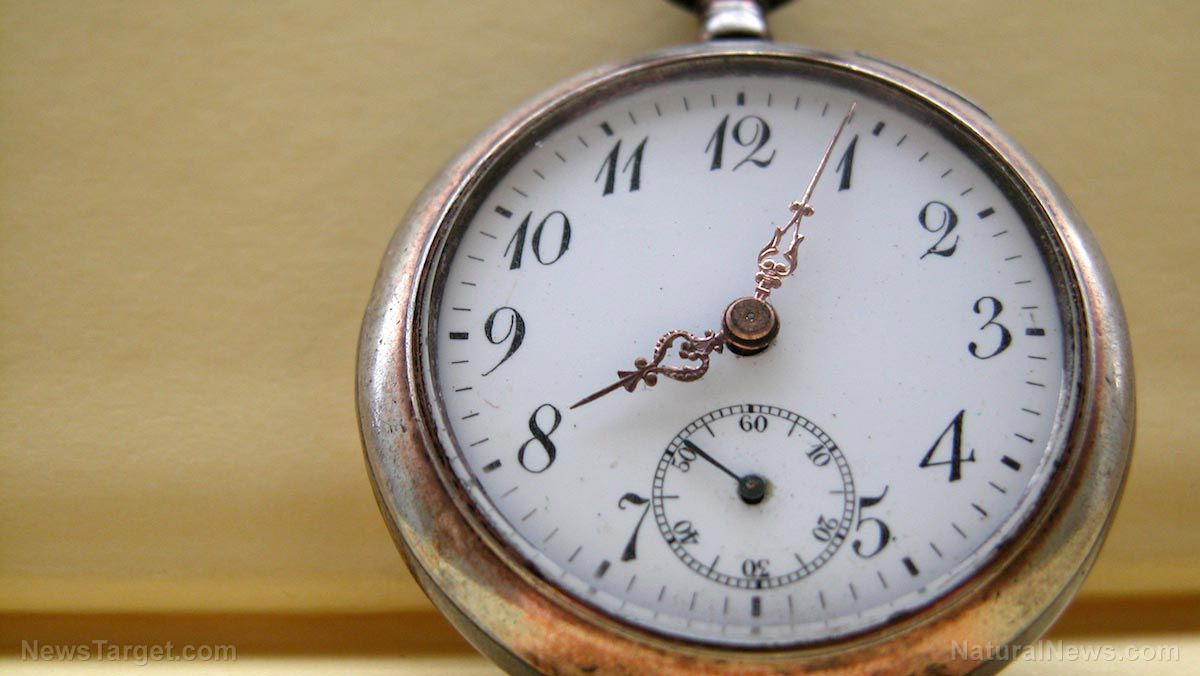
Advertisement
If you’ve tried eating the right foods but still struggle to shed some weight, then maybe you need to focus on when you eat instead of what you eat.
Time-restricted eating is a form of intermittent fasting that limits your food intake to a certain number of hours each day. This means that you can only eat for the day within an eight-hour period (e.g., from 8 a.m. to 6 p.m.). The remaining 16 hours, you spend fasting. This schedule can be repeated every day.
Some people have restrictions on what and how much they eat, but time-restricted eating doesn’t really forbid the consumption of certain foods. Despite this, the diet works well for many. A recent study led by University of California, San Diego researchers found that not only does time-restricted eating reduces body fat, it also lowers blood pressure, blood cholesterol and blood sugar levels in people with metabolic syndrome.
Time-restricted eating for weight loss
Metabolic syndrome is a cluster of conditions that raises your risk of heart disease, stroke and Type 2 diabetes. These conditions include high blood pressure, high blood sugar, excess body fat around the waist and abnormally high cholesterol levels.
Animal and human studies show that time-restricted eating helps prevent these conditions. But many people with metabolic syndrome take medications, and only a few studies have focused on the effects of time-restricted eating on them.
To address this, the researchers recruited adults with metabolic syndrome who were on statins and asked them to eat only within a 10-hour window every day for three months. The diet reduced the participants’ belly fat and waist circumference, as well as lowered their blood pressure, blood cholesterol and blood sugar levels. Additionally, the participants slept better since starting the diet.
Time-restricted eating can help you improve your eating habits because it makes you stick to the same eating schedule every day. If you tend to eat from the moment you wake up until bedtime, switching to time-restricted eating can help you eat less. A study involving young, physically active men showed that limiting your eating schedule to a four-hour window can reduce your calorie intake by around 650 calories every day.
How to do time-restricted eating
Time-restricted eating is quite simple: just choose a certain number of hours during which you will eat every day. If you’re fasting to lose weight and improve your health, your eating period should be shorter than your fasting period.
For example, if you normally eat your first meal at eight in the morning and keep eating until nine at night, then you eat within a 13-hour window every day. You have to reduce this number to around eight to nine hours, which will essentially remove one or two of the meals you usually have.
There is not enough research to determine how long an eating period should be to produce the best results. However, most people allot six to 10 hours daily. You can also combine time-restricted eating with other diets, such as a low-carb or a high-protein diet, since it focuses on when, instead of what, you eat.
How to drop more pounds while on the diet
Exercising regularly and eating the right foods can maximize the benefits of time-restricted eating. Working out while on the diet can get you in shape much faster, while eating healthy ensures that you get all the nutrients that your body needs.
A study involving adult men who were weight training showed that time-restricted eating significantly reduces body fat compared to a normal eating pattern. On the other hand, both eating patterns confer the same improvements in strength and endurance. This suggests that you can work out and make good progress while following a time-restricted eating program.
Eating the right foods despite the allowances that the diet provides can also enhance your physical fitness. Experts recommend that people trying to lose weight eat more nutrient-dense foods like fruits, vegetables, whole grains, nuts, seeds, legumes and lean meat.
Fatty fish and cruciferous veggies like broccoli and cauliflower, for example, are rich in important nutrients like protein, healthy unsaturated fats and fiber. These foods help with weight loss by promoting satiety and keeping your bowel movement regular.
Time-restricted eating can help you lose weight and maintain good metabolic health. Compared to other diets, it’s easier to follow because it has no restrictions, save for the limit it imposes on when you are allowed to eat. But even though you’re free to eat anything, consuming the right foods is still the best way to approach diets like time-restricted eating.
Sources:
Advertisements







